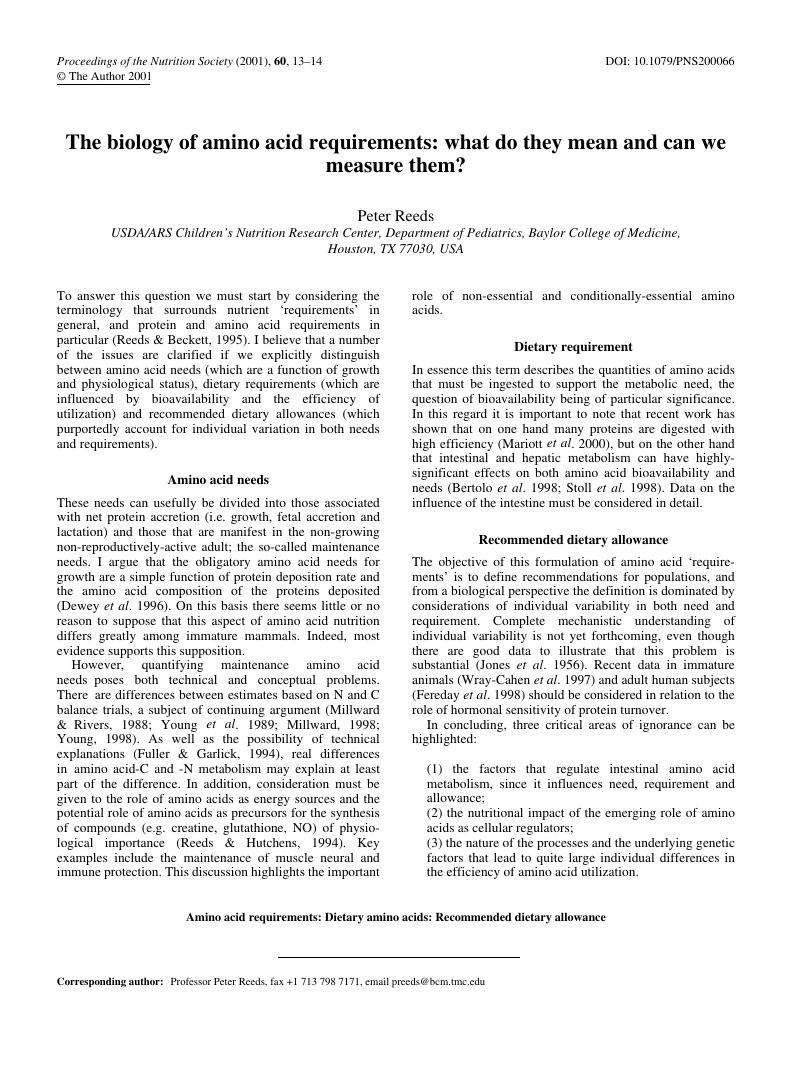Crossref Citations
This article has been cited by the following publications. This list is generated based on data provided by Crossref.
Bos, Cécile
Gaudichon, Claire
and
Tomé, Daniel
2002.
Isotopic studies of protein and amino acid requirements.
Current Opinion in Clinical Nutrition and Metabolic Care,
Vol. 5,
Issue. 1,
p.
55.
Boutry, Claire
Bos, Cécile
and
Tomé, Daniel
2008.
Les besoins en acides aminés.
Nutrition Clinique et Métabolisme,
Vol. 22,
Issue. 4,
p.
151.
Millward, D. Joe
2012.
Identifying recommended dietary allowances for protein and amino acids: a critique of the 2007 WHO/FAO/UNU report.
British Journal of Nutrition,
Vol. 108,
Issue. S2,
p.
S3.





